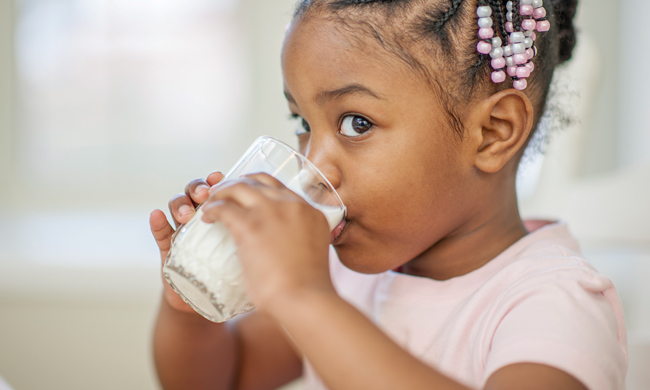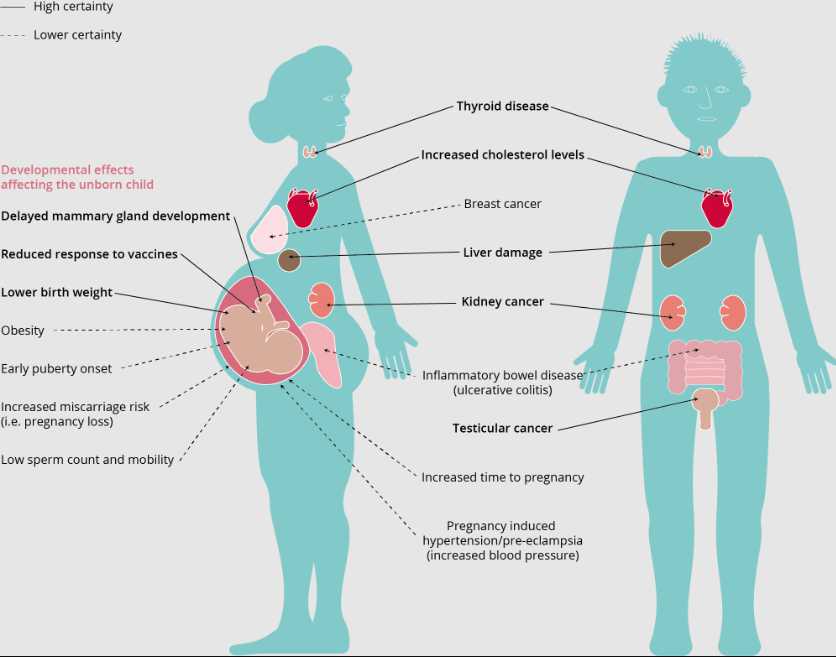
Ice Skate — Kungkiq, Kankiiq
Cuumi kungkirtaallianga unuk nangpiarluku iraluwakan. – Before, I used to ice skate all night sometimes when the moon was out.
By December, many of Kodiak’s small ponds are often frozen over, strong enough to support ice skaters. Alutiiq Elders recall the joy of skating. As youths, many had homemade ice skates made from evaporated milk cans. Flatten the cans, tie them to your shoes, and away you go, sliding across the ice. You can even hold your coat open to get an extra push from the wind. Ice skating remains a favorite winter pastime in Kodiak’s villages. In Akhiok, young people enjoy gliding along the ice on the lake behind the church, particularly in the moonlight.
Fashioning skates from empty milk cans is one of many examples of thrift in Alutiiq culture. Alutiiq people believe that to demonstrate respect for the natural world, they must use everything given to them with great care, wasting nothing. This means taking only what they need, making full use of the plants and animals harvested, and recycling materials as they wear. For example, the broken base of a wooden bucket might be reshaped into items like skin-working boards, and old boat skins—the worn coverings from kayaks—were used to wrap the dead for burial. In more recent times, Elders remember making stoves from empty oil barrels, sewing pieces of worn-out clothing into blankets, using old T-shirts for diapers, and stitching underwear from the soft cotton cloth of empty flour sacks. Such practices were also an economic necessity given the shortage of imported materials.
[content id=”79272″]






